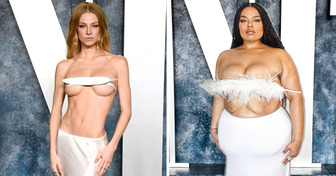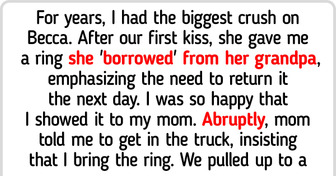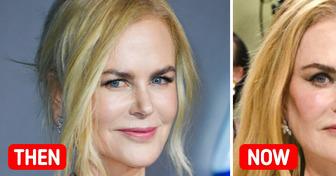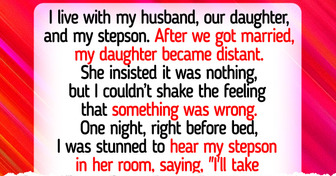12 Chilling Twists That Flip the Story on Its Head

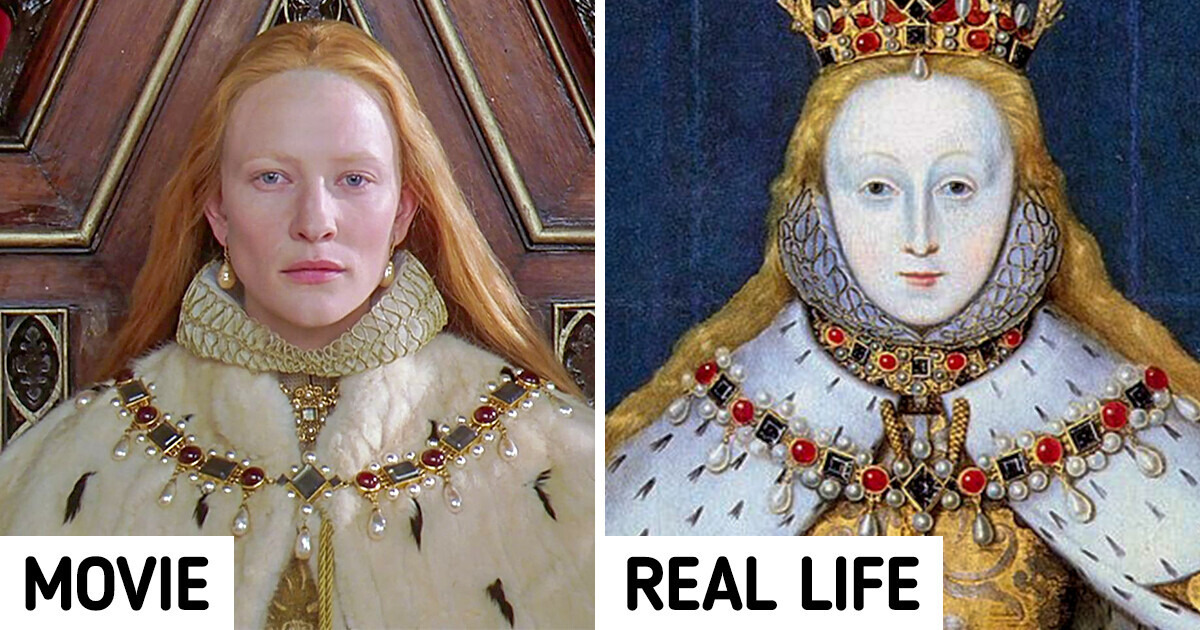
Throughout the history of cinematography, numerous films have been devoted to specific historical periods rather than abstract time frames. These productions present a unique challenge to their creators, as they are expected to maintain a high level of historical accuracy, particularly regarding costumes. Even minor inaccuracies in the characters’ attire can disrupt the immersive experience and lead viewers to provide negative feedback after viewing the film.
In 2020, the film was honored with an Oscar for “Best Costumes.” While Jacqueline Durran took some creative liberties with historical accuracy, there were notable instances where the costumes captured the essence of the time period with remarkable precision.
Take, for instance, Meg’s vibrant green scarf, which may initially appear historically inappropriate given its expense for a character of her social standing. However, during the 1850s, advancements in synthetic dye production allowed colors like royal blue, bright purple, and green to become more accessible to individuals from all walks of life, including those of modest means, making Meg’s choice of attire historically plausible.
The costumes are the undeniable star of this film adaptation. Designer Bina Daigeler went on a 3-week The film adaptation shines a spotlight on its exquisite costumes, with designer Bina Daigeler embarking on a three-week exploration of China to immerse herself in the rich history that inspired her creations. Drawing from the fashion of the Tang Dynasty, which spanned from the seventh to the tenth century. Notably, the wardrobe of the time was characterized by vibrant hues, with officials donning regal purple, blue, and red uniforms, while other garments boasted up to five colors harmoniously combined.
One costume that lingers in the viewer’s memory is Mula’s attire during her visit to the matchmaker. Daigeler brought this iconic look to life through a hanfu, a traditional Chinese dress adorned with meticulously handcrafted embroidery depicting butterflies, magnolias, and dragons.
In 2009, renowned British costume designer Michael O’Connor was rightfully honored with an Oscar for his exceptional work in the film. Tasked with outfitting Keira Knightley in her portrayal of Georgiana Cavendish, the Duchess of Devonshire, O’Connor meticulously crafted 30 exquisite costumes.
Spanning a considerable timeframe from 1714 to the mid-1800s, the film aptly captures the evolution of fashion throughout this period, evident in the visual representation of the costumes. One notable example is the duchess’s wedding dress, clearly influenced by the opulent French ensembles of the late 1770s. Even the intricate ruffles on the skirt align harmoniously. It is worth noting the presence of a similar panier, a framework constructed from whalebone that was worn beneath skirts to shape the desired silhouette and support the weight of the lavish attire.
Georgiana, the Duchess of Devonshire, was pivotal in popularizing a fashionable accessory derived from ostrich feathers. Her iconic portrayal of an artist donning a wide-brimmed hat adorned with feathers sparked a surge in demand for this headpiece across England. Naturally, the costume designer incorporated this significant trend into Keira Knightley’s wardrobe, ensuring a faithful era representation.
Deborah Lynn Scott, the talented costume designer behind this acclaimed film, was rightfully awarded an Oscar for her exceptional work. With the director’s insistence on historical accuracy, Scott meticulously captured the era’s essence, leaving no detail overlooked. Immersing herself in studying the period and etiquette, she gained insights into the attire worn by the elite members of society in public appearances.
In one notable scene, Rose graces the screen in a post-lunch ensemble adorned with stripes, faithfully replicating the fashion trends depicted in French magazines of 1912. This choice of attire perfectly befits a woman embarking on the latter half of her day’s journey, showcasing Scott’s commitment to capturing the authenticity of the era.
Scott demonstrated meticulous attention to detail, extending even to the characters’ undergarments. In keeping with the historical accuracy of the period, it was widely known that bras were not yet part of women’s attire in 1912. However, public expectations dictated a well-defined silhouette. Hence, Kate Winslet’s character consistently donned corsets throughout the film, ensuring an authentic portrayal of the era.
The movie Elizabeth from 1998 paid meticulous attention to detail and skillfully captured the era’s essence, transporting viewers back in time through its magnificent sets and costumes. Alexandra Byrne, the costume designer, has made a remarkable contribution to ensuring the costumes closely resemble those depicted in historical portraits.
Particularly noteworthy is the coronation gown featured in the film, which was meticulously crafted to closely resemble the actual portrait of Queen Elizabeth I of England.
The dress is crafted from a yellow/golden brocade fabric resembling snakeskin’s texture. The dress’s bodice is structured and tapers to a sharp point at the center front. At the same time, the skirt is worn over layers of petticoats, possibly with the addition of a voluminous bumpad to create a wide and rounded silhouette.
In her award-winning work, costume designer Alexandra Byrne delved into archives, vintage patterns, and Renaissance fabrics to immerse herself in the fashion of the 1800s. Contrary to common misconceptions, this era was not characterized by somber and dull clothing. The fashion-conscious elite of that time sought to showcase their refined taste and social status through their attire, favoring opulent fabrics and vibrant hues.
Byrne’s creative vision was not limited to archival research alone, as she drew inspiration from captivating museum exhibits. One notable example is Emma’s pale-pink spencer, a fashion staple favored by Regency-era trendsetters. Originally introduced as a short blazer exclusively for men in the 1790s, it swiftly transitioned into a beloved garment among women.
Throughout the film, Emma and other female characters donned fashionable chemisettes and delicate blouses adorned with frills at the neck, which were highly popular during that era. These garments were commonly worn over dresses during the daytime, modestly covering the exposed neck and neckline area, adding a touch of elegance to their ensembles.
This ethereal dress exemplifies the attention to detail in the costumes. During a social event in the film, Emma radiates in a meticulously replicated vibrant silk dress from the 1810s, showcasing the team of designers’ dedication. They skillfully recreated the intricate ornamentation adorning the garment’s lower and upper portions, ensuring its faithful representation.
Recreating costumes from the past in movies is a remarkable feat that requires immense skill and attention to detail. The effort put into capturing the authenticity of historical attire adds depth and richness to the storytelling, transporting audiences to different eras.



